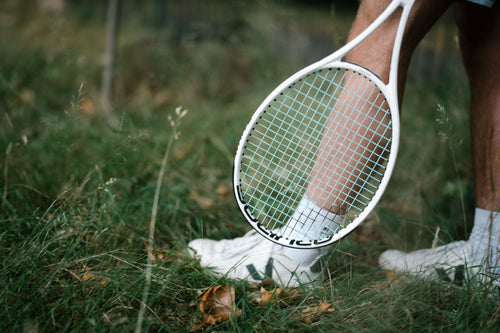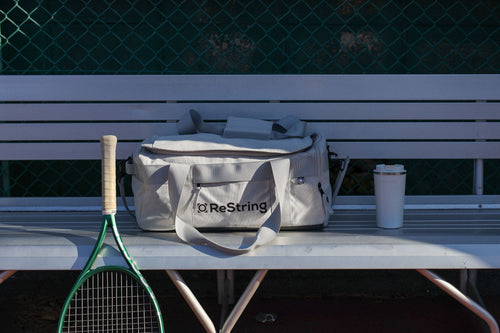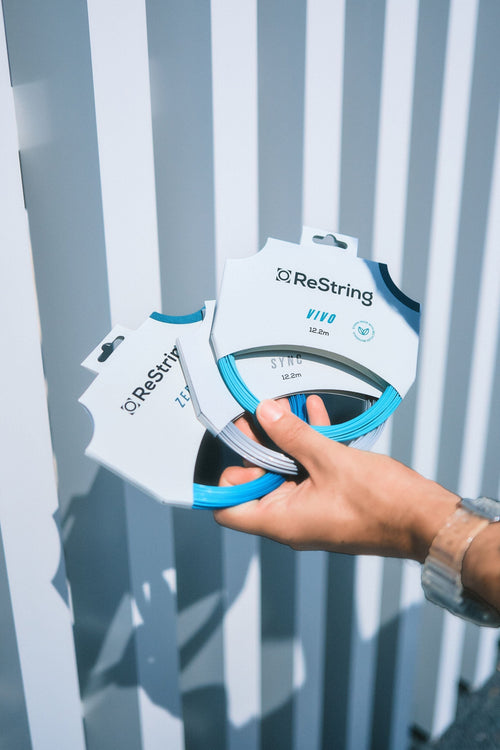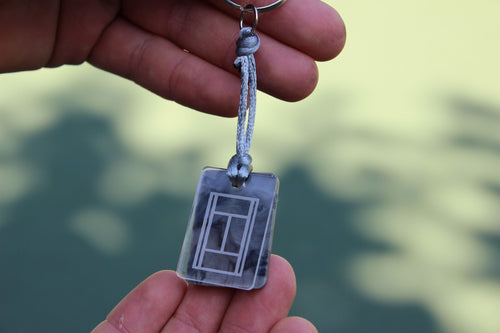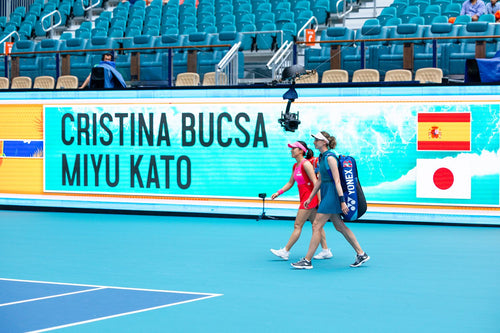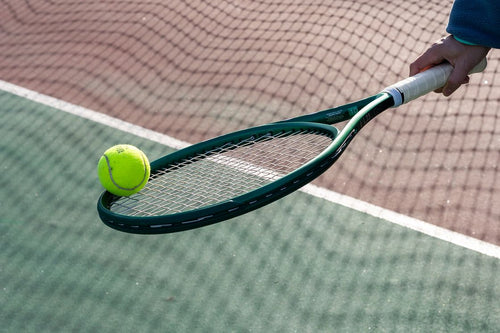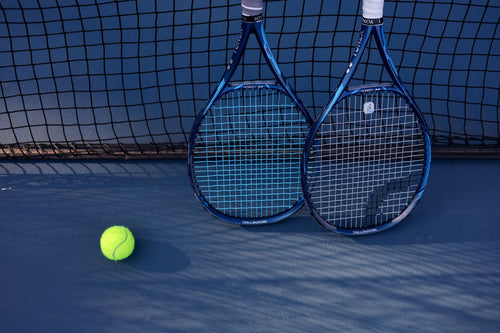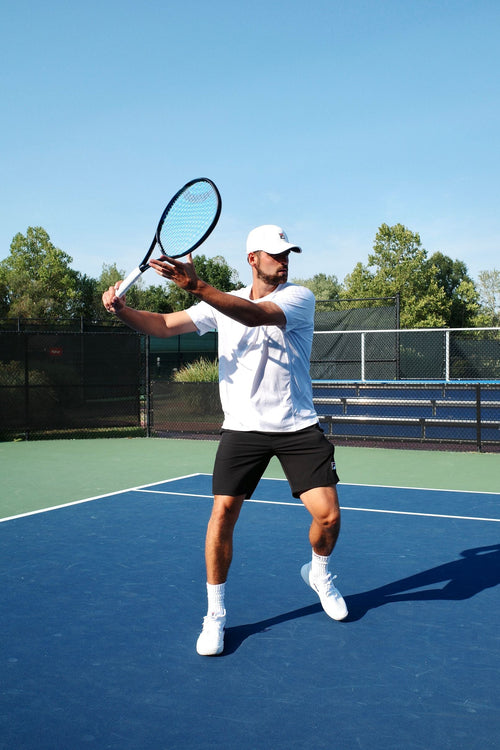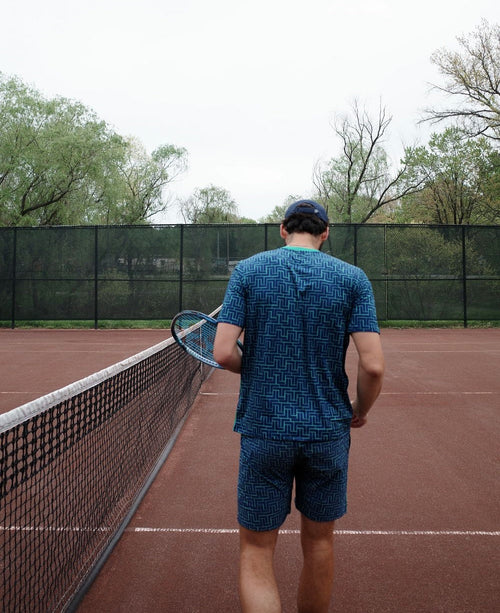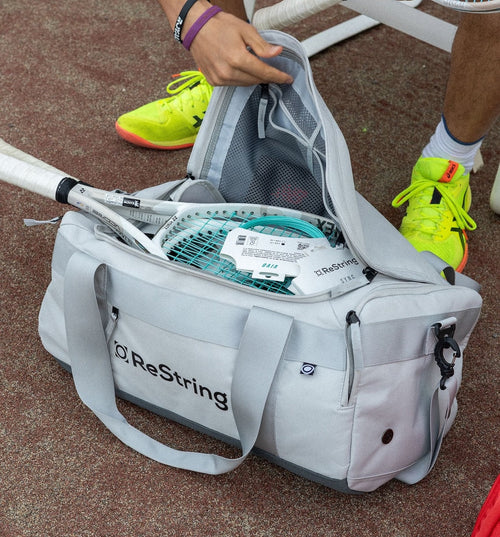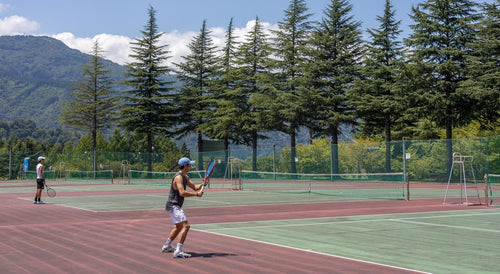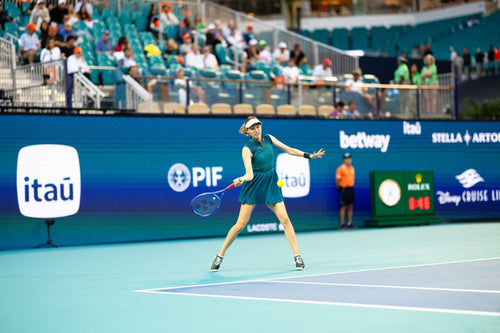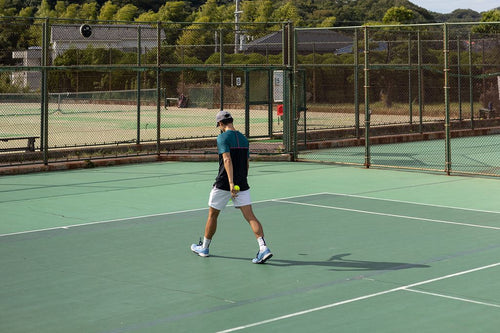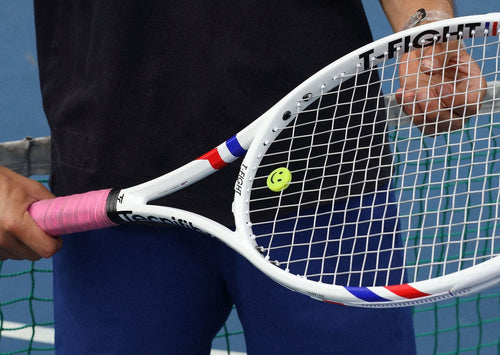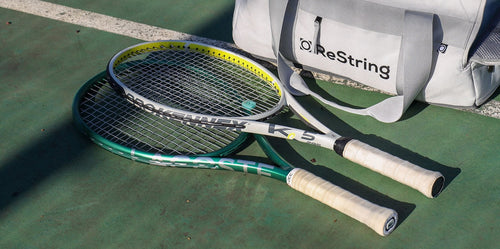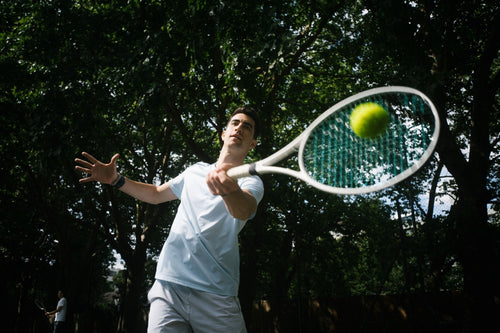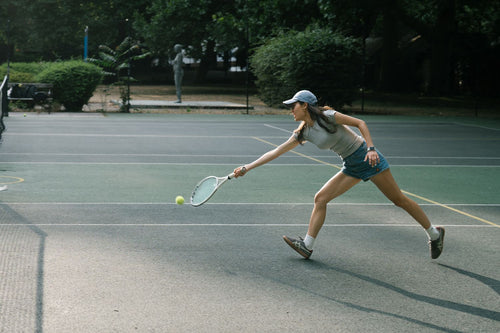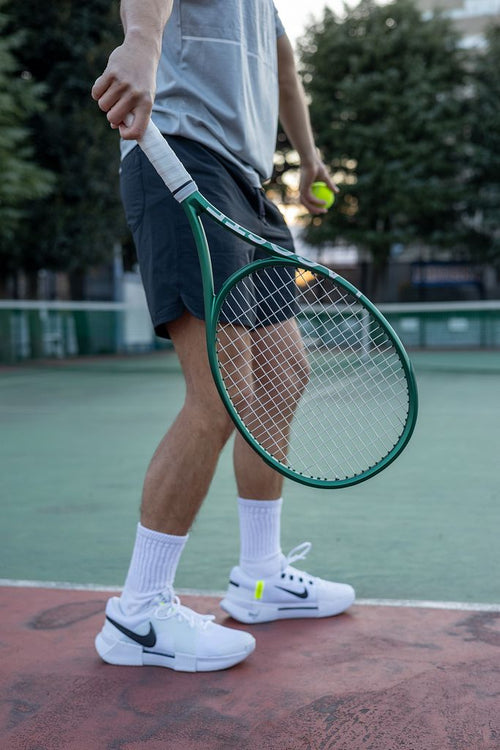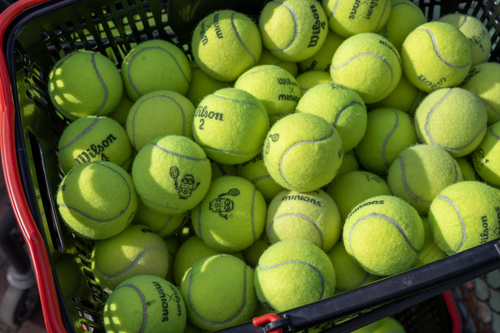Singles vs Doubles Tennis: Essential Guide
Juan
Tennis gives you two main ways to play: singles and doubles.
But each one needs different skills and offers its own rewards.
Knowing these differences helps you get more fun and success from your game.
This guide breaks down singles vs doubles tennis, notable players in each type, and the four differences to consider, so you can decide which format works best for you.
Singles Tennis
Singles tennis is the ultimate individual test.
It pushes your skills, fitness, and mental strength to the limit. You cover the entire 27-foot wide court by yourself, which is a lot of ground to cover during every point.
This format rewards smart point building and steady baseline play. You need great movement and court coverage to compete at any level.
Singles demands mental toughness when you're under pressure. No partner means you handle everything alone.
Points often turn into long baseline rallies. Your ability to stay intense during these exchanges usually decides who wins.
Pro Singles Players
Jannik Sinner, Carlos Alcaraz, Alexander Zverev, Aryna Sabalenka, Coco Gauff, Jessica Pegula
Doubles Tennis
Doubles turns tennis into a team sport.
You and your partner work together on the wider 36-foot court. This creates team dynamics you won't find in singles.
Sharing court coverage makes the physical demands much easier. You cover your areas while your partner handles theirs.
Doubles focuses on aggressive net play and quick volleys instead of long rallies. You use angles and court positioning to create winning shots.
Good communication and teamwork matter as much as your tennis skills. Points are usually shorter and more explosive than singles.
Pro Doubles Players
Marcelo Arevalo, Mate Pavic, Will Woodall, Katerina Siniakova, Taylor Townsend, Cristina Bucsa.
Key Differences
Court Dimensions and Rules
Singles uses a 27-foot wide court with just the singles lines. You serve for whole games by yourself.
Doubles uses the full 36-foot wide court, including the alleys. Teams alternate serving, with partners taking turns.
Physical Demands
Singles puts serious strain on your cardio system. You run more and work longer during points.
Doubles splits the work between two players. You need quick bursts and fast direction changes instead of long endurance.
Strategic Approaches
Singles strategy is about building points patiently from the baseline. You look for ways to move your opponent around and create openings.
Doubles strategy centers on net position and creating angles. Serve-and-volley works better here, and team coordination controls most points.
Mental Game
Singles puts all the mental pressure on you. You solve problems alone and often have to be your own coach with positive self-talk.
Doubles shares the mental load between partners. Good communication and tactical adjustments with your partner matter as much as your shots.
What Suits You Best?
Consider Singles If You
Pick singles if you love individual competition and want complete control. You need good cardio and endurance to succeed.
Singles works well if you prefer making all strategic decisions yourself. It also builds well-rounded tennis skills across the board.
Consider Doubles If You
Go with doubles if you enjoy teamwork and shared competition. Quick reflexes and net play skills really shine here.
The shorter, faster points work great if your endurance is limited but you move well in bursts. Plus, doubles adds social fun to competition.
Conclusion
Both formats help your tennis game in different ways.
Singles builds complete players with strong mental game and all-around skills, while doubles improves your tactical awareness, net play, and teamwork.
Your choice depends on your fitness and playing style. But most importantly, pick the format you enjoy most. Have fun out there on court.

